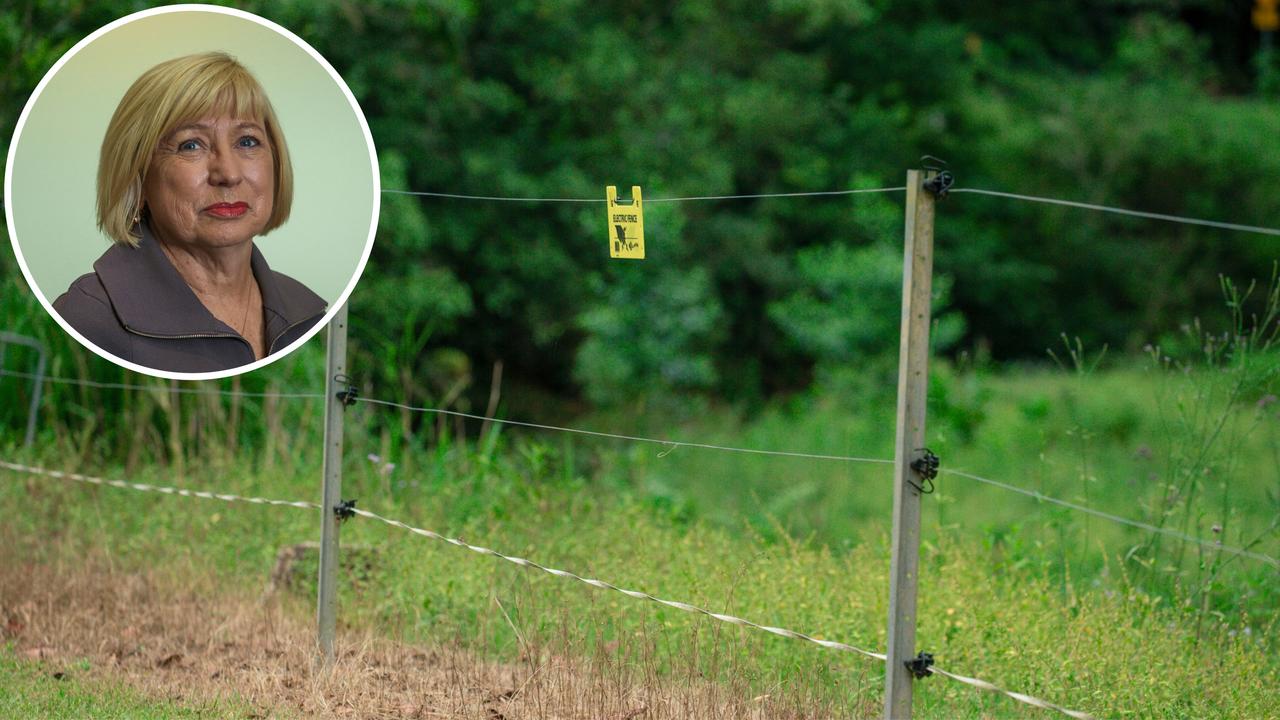The Gold Coast suburbs most affected by interest rate rises
Homeowners in the Gold Coast’s most sought-after property hotspots are set to be the worst hit as interest rates keep rising. FIND YOUR SUBURB
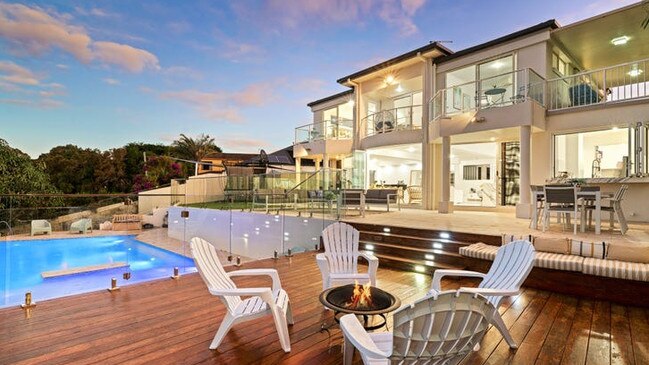
Property
Don't miss out on the headlines from Property. Followed categories will be added to My News.
Homeowners in some of the Gold Coast’s most sought-after property hotspots will be forced to find an extra 10 per cent in the family budget to meet loan repayments once the official cash rate hits 1 per cent.
Latest PropTrack data shows the suburbs most and least affected as cash rates continue to rise off the back of this week’s increase from 0.1 to 0.35 per cent.
The Reserve Bank’s highly anticipated announcement brought Australia’s run of record-low interest rates to an end and was the first rise in 12 years.
PropTrack’s figures show the impact on home loan repayments across the Coast after four cash rate increases of 0.25 basis points to 1 per cent, as well as if interest rates reach 2 per cent.
House owners in Surfers Paradise, Mermaid Beach, Clear Island Waters and Tallebudgera Valley copped the city’s biggest hit.
For units, repayments increased most in Hollywell, Bilinga, Coolangatta and Palm Beach.
The current average monthly mortgage repayment of $8,170 for a house in Surfers Paradise would soar by $1,120, or 9.8 per cent as a share of a two-income earner household, if interest rates rise 1 per cent, the data shows.
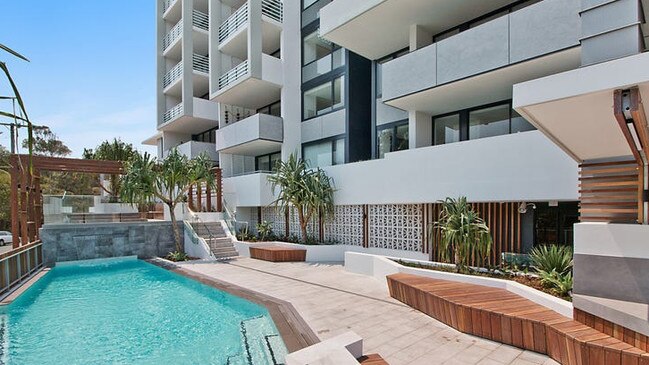
Should the RBA lift rates to 2 per cent, that share goes up to a whopping 20.4 per cent of the household income in the Glitter Strip suburb, where the average individual income is $68,300.
Median house prices in Surfers Paradise hit $2.61m in the 12 months to April.
PropTrack economist Angus Moore said record numbers of interstate buyers had moved north during the pandemic, forcing locals to compete for real estate as house prices soared.
Those who maxed their budget to buy into the boom were expected to feel the pinch most, though smart buyers would have made the most of cheap finance and paid ahead of their mortgage schedule.
“But if you bought recently, at the top of the market, you might struggle if you are a family or young buyer,” Mr Moore said.
“While price growth is continuing in Queensland, the momentum is coming out of that and it is entirely possible that we will see values decline in some places.”

The Gold Coast Mortgage Broker Adam Hall said first-home buyers were the most “at-risk category”.
“Buyers will now have their confidence tested in a different market environment — a falling property market and rising interest rates. Not many have experience with that,” Mr Hall said.
“I do think the majority of [first-home buyers] will be fine though as the banks factor in a 2.5 per cent minimum buffer on top of the home loan interest rate when borrowers are approved.
“The onus is now on the borrower to tighten their belt and reduce their spending elsewhere on discretionary items,” he said.
Australian Prudential Regulation Authority (APRA) data analysing one million home loans granted over the last two years shows 280,000 Australians borrowed six or more times their income and/or have loan-to-value ratios of more than 90 per cent.
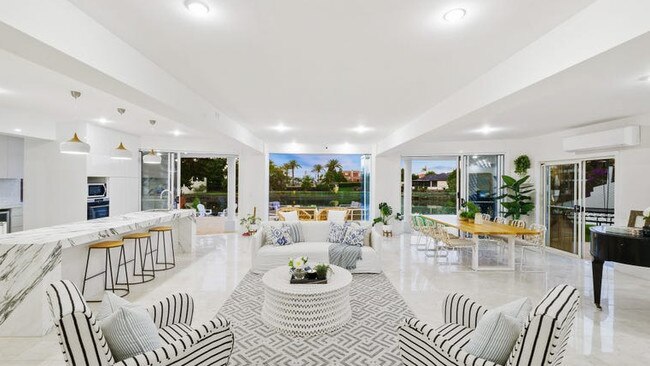
MORE NEWS
Transport tycoon’s penthouse hits the market
Burleigh Heads couple make $1m in two years on luxury home
However, an independent study of Australian mortgage holders by money.com.au found 80 per cent of borrowers had a financial buffer built into their home loans to offset interest rate rises.
Households without a savings buffer were more vulnerable to hip pocket pain as interest rates
spiked, though a proportionately high number of fixed-rate mortgages should mitigate this, at least for the term of those loans.
Buyers agent Oliver Dunstan, of Rose and Jones, said the higher than anticipated rate rise had exacerbated this year’s widening gap between buyer appetite and vendor expectations.
“Selling agents are noticing a lack of genuine buyer depth, that is, serious buyers who are willing and able to make offers,” Mr Dunstan said.
“Whilst I don’t subscribe to the notion that there will be a high volume of distressed sales in the immediate future due to rising mortgage repayments, I do think there will be an uptick in listings across the board, particularly the lower end of the market, as vendors look to capitalises on what they think (and what agents are telling them) is the last chance to get a premium result.”
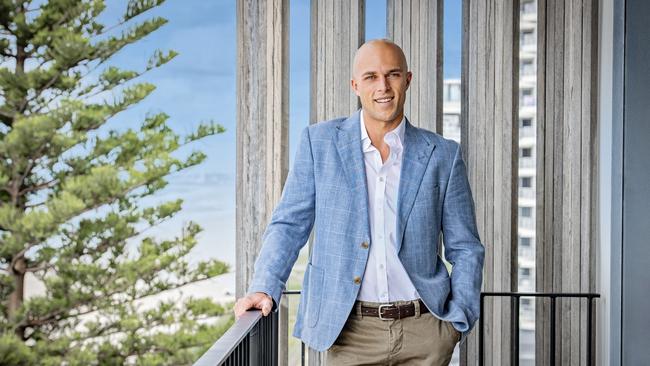
Buyers agent Matt Srama said rising interest rates played a huge role in consumer confidence, but also created an opportunity for savvy buyers to invest as the sellers’ market of the last 18 months began to shift.
“It’s a really good time to buy in isolation rather than buying in competition,” Mr Srama said.
“While the expectation of the seller is still quite high, real estate agents are going to have to be a lot craftier in order to put the deal together and so we are seeing agents turning to off-market deals.
Ray White chief economist Nerida Conisbee said the Gold Coast remained sheltered from a wider national downturn, with house prices here continuing to spike in the first quarter of this year.
Buyers who purchased through the pandemic would still see capital gain, even if house prices fell by 10 per cent, Ms Conisbee said.
“While we tend to celebrate price growth, the reality is that a fast-moving market is stressful to most buyers and sellers.
“First home buyers don’t like transacting in fast moving markets. Most sellers are also subsequent buyers and hence when looking to upgrade, fast-moving prices mean that sellers are under pressure to limit the time gap between selling and buying,” she said.



